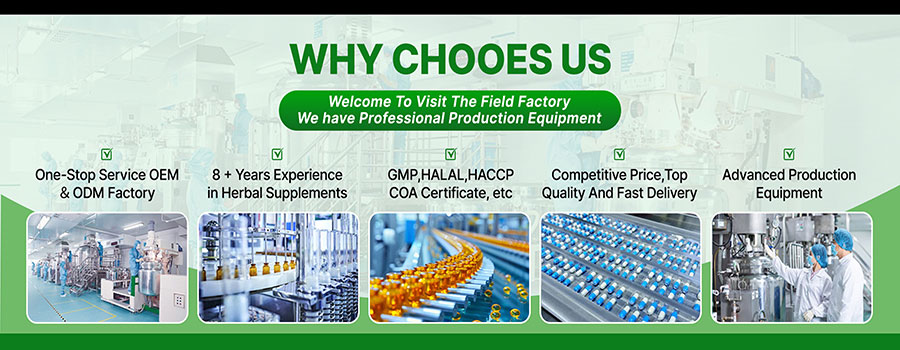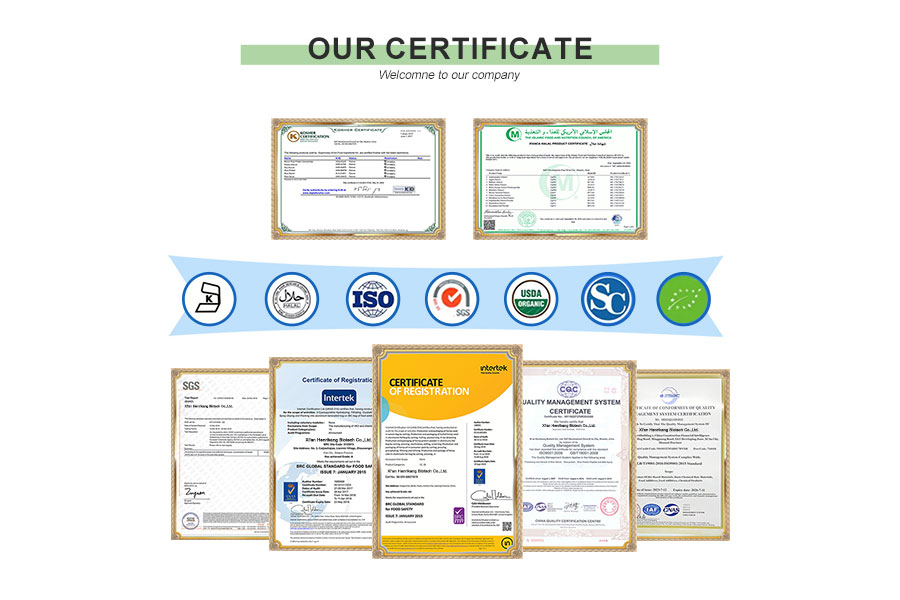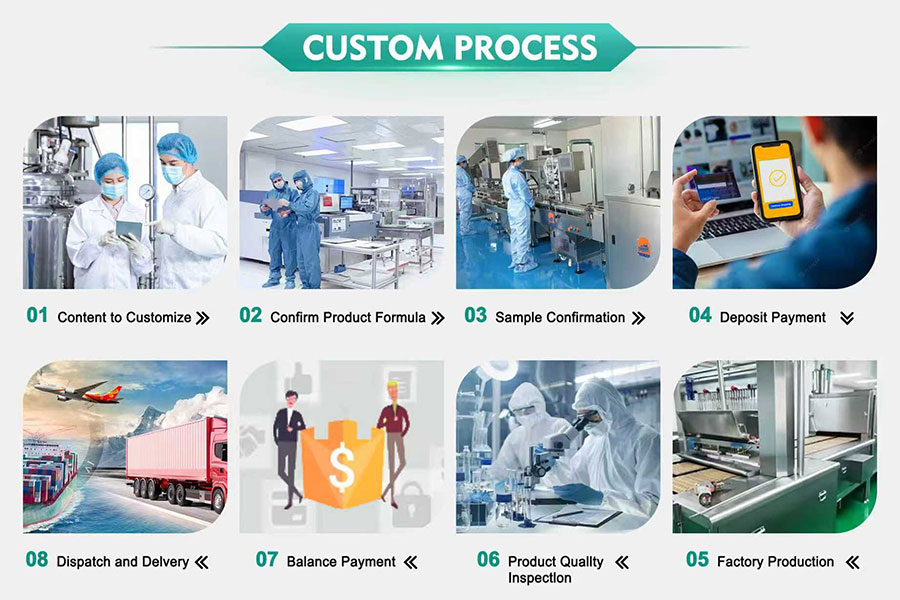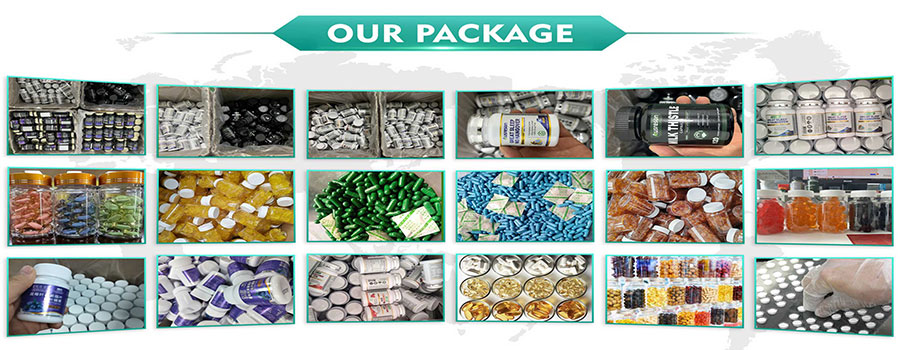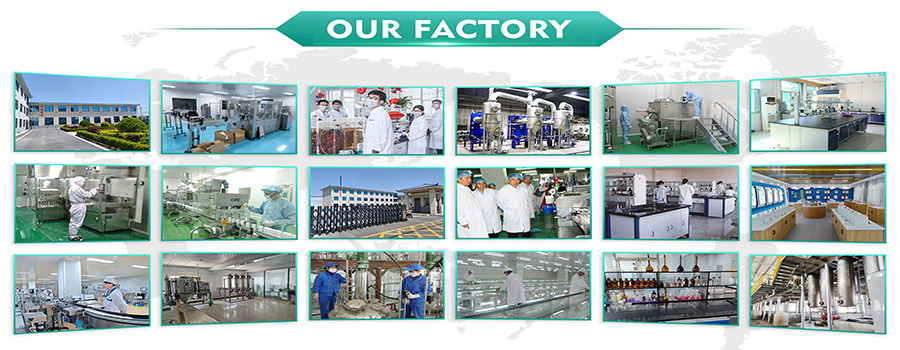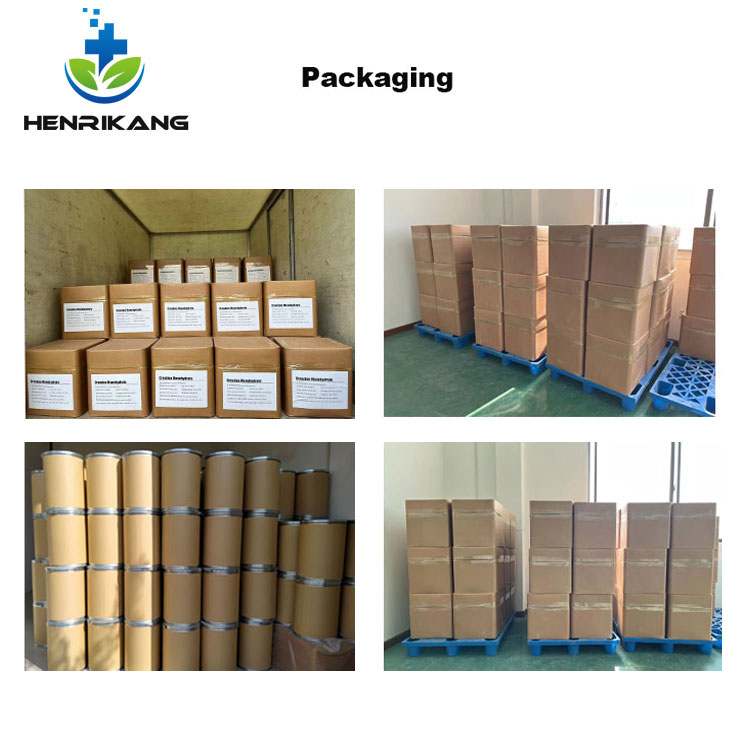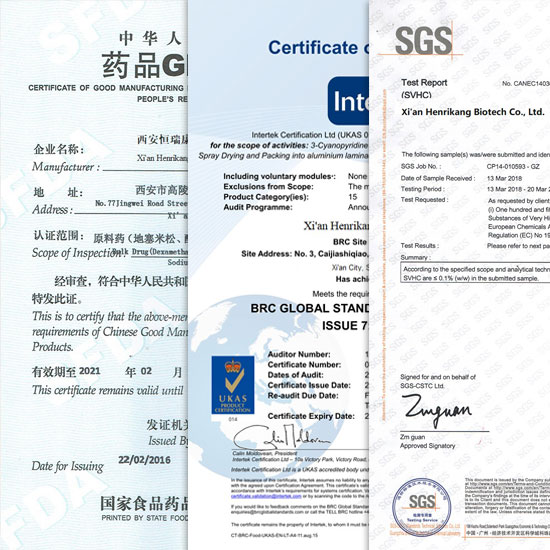Pharmaceutical
Human APIs Powder
- Respiratory Drugs Raw Material
- Antiviral Antibacterial
- Antipyretic Analgesics
- Antihistamine Drugs
- Antineoplastic
- Cosmetic Raw Material
OEM & ODM
- Capsule
- Softgel Capsule
- Gummies
- Drop & drinks
- Tablets
- Effervescent Tablet
- Gel
- Powder
- Chewing Gum
- Pet Supplement
Veterinary raw materials
Phone: 86-13279202917
E-mail: sales@nutrition-oem.com
Add: Fengcheng 2nd Road, Weiyang District, Xi'an, Shaanxi, China
Ascorbic Acid raw Powder CAS 50-81-7

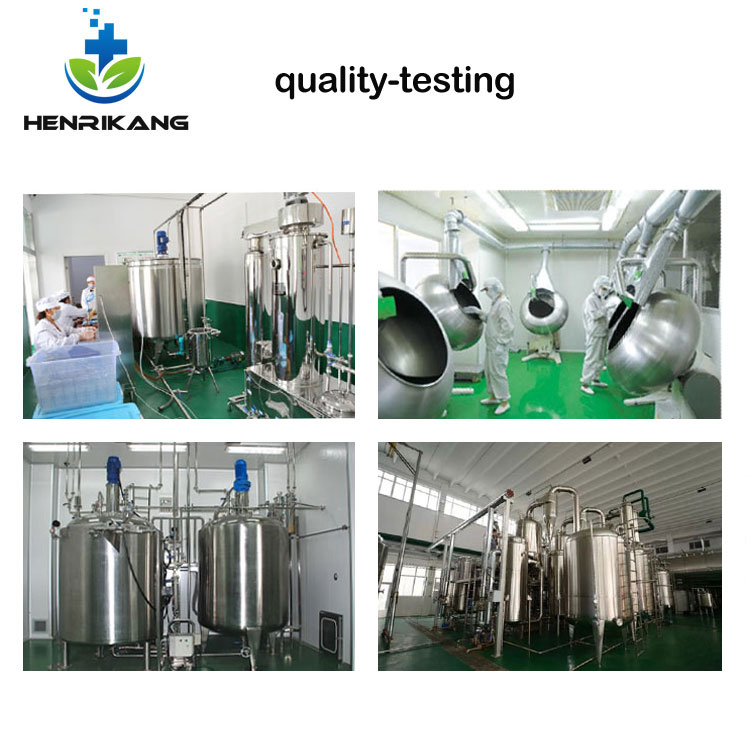
Product Overview:
Vitamin C, also known as L-ascorbic acid, is an essential nutrient for higher primates and a few other organisms. Ascorbic acid is metabolically produced in most organisms, but humans are the most notable exception. It is most widely known that vitamin C deficiency can cause scurvy. The pharmacophore of vitamin C is the ascorbate ion. In living organisms, vitamin C is an antioxidant because it protects the body from the threat of oxidizing agents, vitamin C is also a coenzyme.
Product Attributes
CAS:50-81-7
MF:C6H8O6

MW:176.12
EINECS:200-066-2
Specification: 99% min Ascorbic Acid
Sample:Ascorbic Acid Powder
Packaging:1kg/bag, 25kg/drum
Brand: Henrikang
Appearance:White
Storage: Cool Dry Place
Shelf Life: 2 Years
Test Method: HPLC
Product Details
Ascorbic Acid Usage and Synthesis.
Vitamin C is involved in the generation of collagen in the body, has the effect of neutralizing toxins and promoting the generation of antibodies, and can enhance the detoxification function of the body.
In medicine, it is mainly used for the prevention or treatment of scurvy, as well as for dental caries, gum abscess, anemia, growth stagnation and other diseases caused by insufficient ascorbic acid.
In food processing, it is used as a vitamin fortifier for concentrated orange juice, fruit juice crystal, candy, fruit jelly, fruit jam, etc.

Uses of Ascorbic Acid.
The synthetic medicinal vitamin C is identical to natural vitamin C. The product can promote the folic acid into tetrahydrofolate, which is beneficial to the synthesis of nucleic acids and the production of red blood cells. It can also reduce trivalent iron ions to divalent iron ions, which can be easily absorbed by the body and is also beneficial to cell production.
Vitamin C is involved in the production of collagen in the body. It has the effect of neutralizing toxins and promoting the generation of antibodies, and can enhance the detoxification function of the body. In medicine, it is mainly used for the prevention or treatment of scurvy, and for diseases such as dental caries, gum abscesses, anemia, and growth stagnation caused by insufficient anti-scorbutic acid.

Pharmacological effect of Ascorbic Acid.
It is involved in the formation of antibodies and collagen in the organism, tissue repair (including certain redox actions), metabolism of phenylalanine, tyrosine and folic acid, utilization of iron and carbohydrates, synthesis of fats and proteins, as well as maintenance of immune function, hydroxylation of 5-hydroxytryptophan, maintenance of vascular integrity, and facilitation of the absorption of non-heme iron.
Vitamin C participates in a variety of reactions in the body, such as in redox processes, and plays an important role in biological oxidation and reduction as well as in cellular respiration. At the tissue level, the main role of vitamin C is related to the synthesis of intercellular matrix. This includes collagen, the matrix of teeth and bone, and the junctions between capillary endothelial cells.
Thus, when scurvy caused by vitamin C deficiency is accompanied by defects in collagen synthesis, it is manifested by difficulty in healing wounds, impaired tooth formation and broken capillaries causing large numbers of petechiae, which fuse to form petechiae.

Product Method of Ascorbic Acid.
Glucose is hydrogenated and reduced to D-sorbitol catalyzed by nickel, and then oxidatively fermented with Mycobacterium acetogenes at 30-34°C and a Ph value of 5.2-5.5 to produce L-sorbose.
In the presence of fuming sulfuric acid and -8 ℃, L-sorbose and acetone condensation to bisacetone sorbose; in the nickel sulfate catalyzed and 75 ~ 80 ℃, and then oxidized with sodium hypochlorite to generate bisacetone-2-keto L, gulosonic acid; finally hydrolyzed under acidic conditions to generate 2-keto L-gulosonic acid; and then get ascorbic acid.
Inquire This Product
